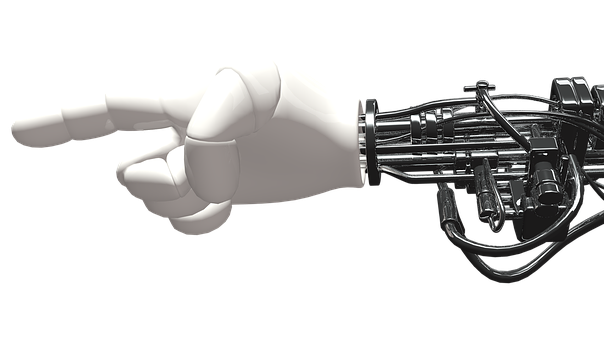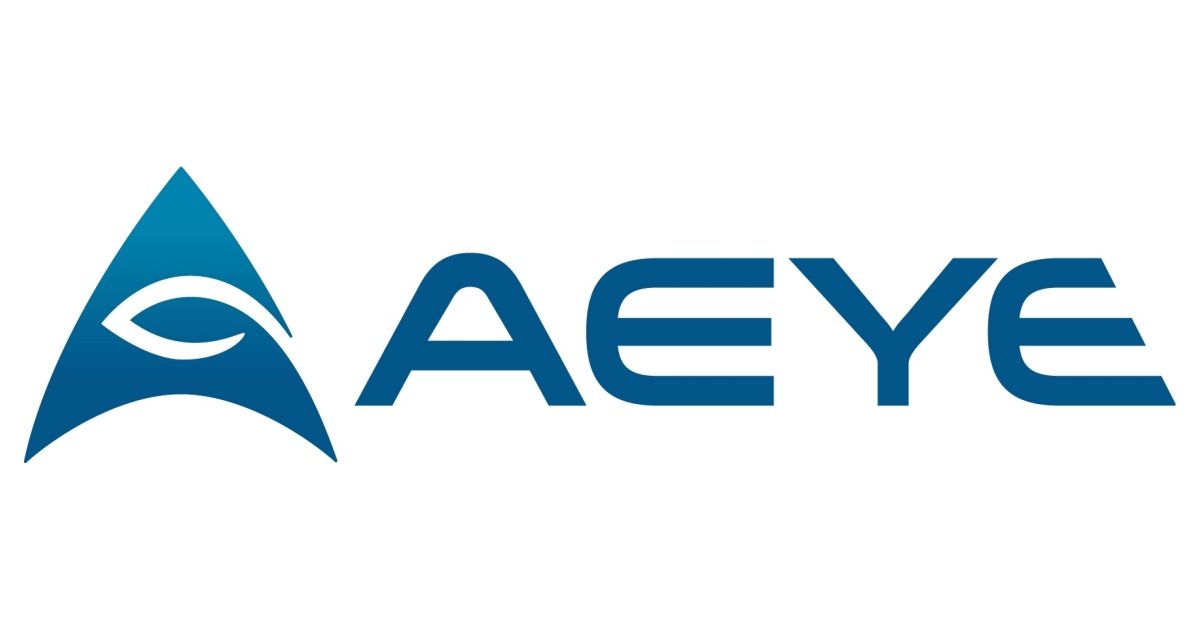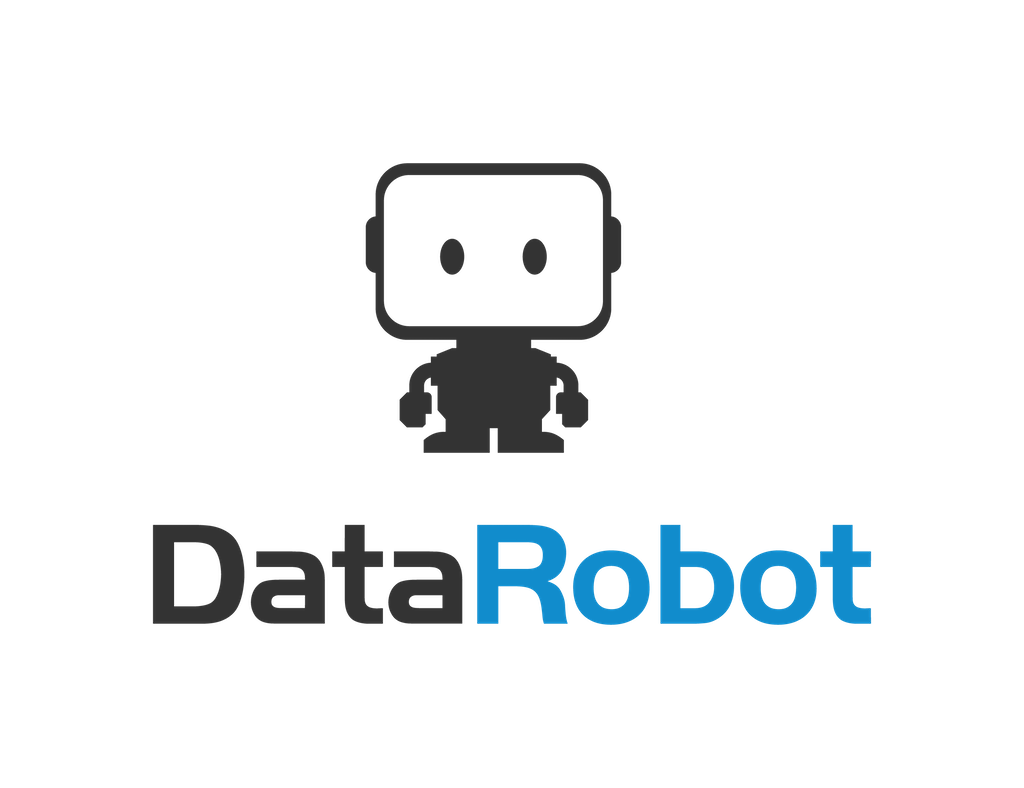
MIT researchers have developed robotic arms that can pick up any object
People for some time been apt experts, and this expertise is to a great extent because of the coordination of our hands and eyes. In the meantime, the robot has far to go before we can. There are obviously a few advances: for quite a long time, robots in controlled situations, for example, mechanical production systems can get a similar question again and again.
Earlier, achievements in PC vision have empowered robots to make fundamental refinements between items, however and, after its all said and done, they can’t generally comprehend the state of articles, so they can barely collect them up rapidly.
Analysts at the Massachusetts Institute of Technology’s Computer Science and Artificial Intelligence Laboratory (CSAIL) says in another paper that they have made an imperative development around there of work: one that enables robots to check for randomities they have not seen previously. Entities and frameworks that outwardly comprehend them to achieve particular things.
The framework is known as the “Dense Object Network” (DON), which serves entities as an accumulation of focuses as different “visual guides.” This methodology enables robots to all the more likely comprehend and control things, and more necessarily, they even enable them to get particular questions in the confusion of comparable articles – the different machines utilized by organizations, for example, Amazon and Wal-Mart in their distribution centers. Significant aptitudes.
Example:
somebody may utilize DON to give the robot a chance to get a particular position on the question -, for example, the tongue of a shoe. From that point forward, it has possessed the capacity to recognize shoes that it has never observed and effectively gotten its tongue.
Make it simple to ace:
Two regular strategies for automated slithering include undertaking particular learning or making general creeping calculations. These systems have hurdles: errand particular strategies are hard to sum up to different undertakings, and general creeping isn’t particular enough to deal with the precision of a specific assignment, for example, putting a question in a particular area.
Although, the DON framework essentially makes a progression of directions on a given question as a “visual guide” of the entity, enabling the robot to preferably comprehend what it has to know and where.
The group preparing framework regards entities as a progression of focuses that make up a bigger facilitate framework. It would then be able to plan directly toward presentation the 3-D state of the protest, like the manner in which an all encompassing photograph is sewed from various photographs. In the wake of preparing, if a man determines a point on a entity, the robot can take a photo of the question, distinguish and coordinate the point, and after that have the capacity to get the question at that predetermined point.



